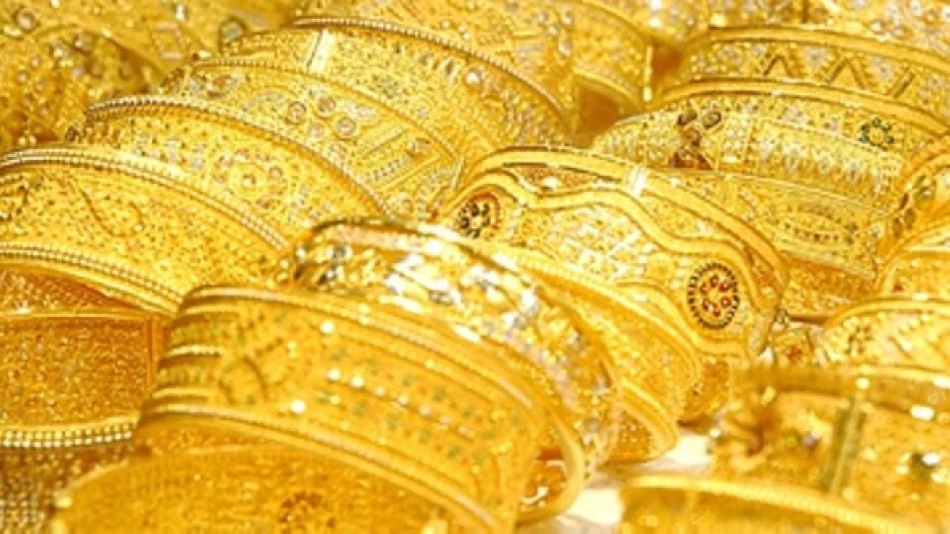
Gold Prices Soar: An Insightful Look at the Bullion Market's Latest Upward Trend
Gold Rebounds After Trump's Tariff Reversal, But Inflation Data Could Reshape Fed Rate Cuts
Gold prices staged a modest recovery Tuesday following a sharp selloff triggered by President Trump's announcement that imported gold bullion would be exempt from tariffs. However, the precious metal remains vulnerable as investors await critical U.S. inflation data that could fundamentally alter the Federal Reserve's interest rate trajectory and gold's appeal as a hedge against monetary policy shifts.
Market Recovery Masks Deeper Uncertainty
Spot gold climbed 0.3% to $2,354.91 per ounce by 0453 GMT, while December futures contracts held steady at $2,405.40. The gains represent a tentative bounce from Monday's brutal 1.6% decline in spot prices, with futures suffering an even steeper drop of over 2%.
The Monday selloff came after Trump's unexpected clarification that gold bullion imports would avoid his broader tariff regime—a move that immediately reduced safe-haven demand for the metal. Markets had been pricing in potential supply disruptions and higher costs for gold imports, making Trump's announcement a classic "buy the rumor, sell the news" moment.
Inflation Data: The Real Test Ahead
While tariff fears have temporarily subsided, gold faces a more fundamental challenge from upcoming U.S. inflation figures. The data will likely influence whether the Federal Reserve continues its rate-cutting cycle or pivots toward a more hawkish stance.
Higher interest rates typically pressure gold prices since the metal offers no yield and becomes less attractive compared to interest-bearing assets. Conversely, rate cuts tend to boost gold by reducing opportunity costs and weakening the dollar.
The Fed's current dovish posture has supported gold's remarkable run over the past year, but persistent inflation could force policymakers to reconsider their approach. This creates a critical juncture for gold investors who have grown accustomed to accommodative monetary policy.
Broader Precious Metals Rally
Other precious metals outperformed gold in Tuesday's session, suggesting broader demand for the sector. Silver jumped 0.7% to $30.88 per ounce, while platinum gained 0.3% to $1,030.25. Palladium led the group with a 0.9% increase to $1,045.47.
The stronger performance in industrial metals like silver and palladium may reflect optimism about economic growth and manufacturing demand, contrasting with gold's more defensive characteristics.
Strategic Implications for Investors
Gold's current position reflects the competing forces shaping global markets: geopolitical tensions supporting safe-haven demand versus potential monetary tightening that could undermine the metal's appeal. The tariff exemption removes one bullish catalyst, but inflation data could introduce new volatility in either direction.
For portfolio managers, the key question is whether gold can maintain its hedge properties if the Fed shifts toward sustained rate increases. Historical precedent suggests gold struggles in rising rate environments, but unprecedented fiscal spending and geopolitical risks may alter traditional relationships.
The coming inflation report will likely determine whether gold's recent consolidation represents a healthy pullback in an ongoing bull market or the beginning of a more significant correction.
Most Viewed News

 Layla Al Mansoori
Layla Al Mansoori






